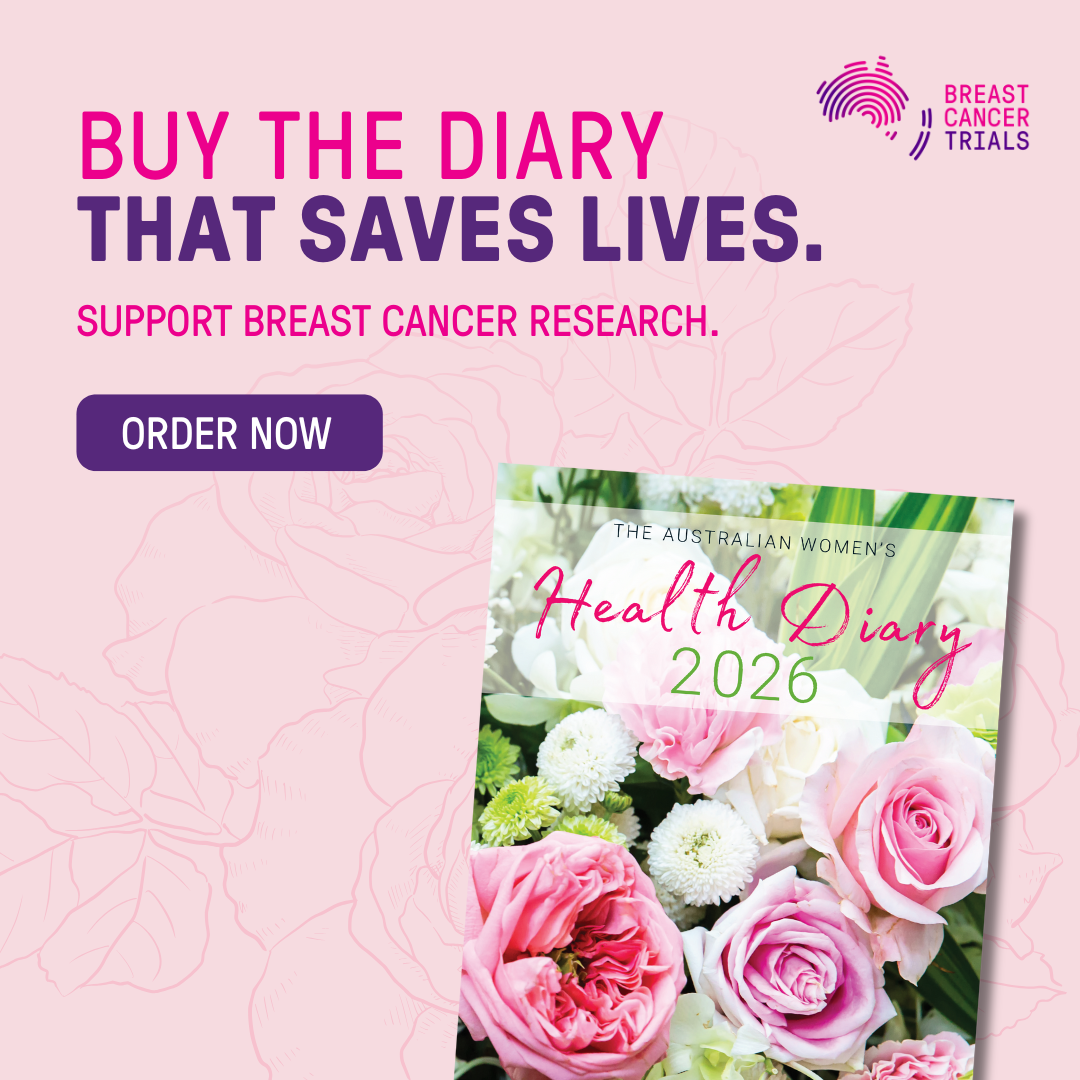Work is where we spend most of our lives. It’s where we meet people who might shape the contours of our days, whether as collaborators, companions, or the occasional awkward small talker over stale birthday cake. It’s supposed to be where we find not just a paycheck but connection, purpose, even community.
And yet, for too many, work is none of these things. It’s a site of harm—a place where relationships fracture, self-worth erodes, and survival replaces belonging. Workplace bullying is insidious in its reach and devastating in its impact. It isolates, humiliates, and strips people of dignity, leaving them carrying the heavy weight of shame for something they didn’t deserve.
The worst part? For many, this harm is invisible. Bullying is rarely the dramatic confrontation we imagine. It’s subtle, even mundane: the colleague who constantly talks over you in meetings, the manager who routinely leaves you out of decisions that affect your role, the quiet campaign of exclusion that chips away at your confidence. These behaviours are often dismissed as misunderstandings or personality clashes—just quirks of “workplace culture.” But they’re not. They’re symptoms of a deeper sickness, rooted in unchecked power dynamics and systemic neglect.
One of the reasons workplace bullying thrives is because it’s hard to name. Like other forms of coercive control, it’s often disguised in everyday interactions, where lines between “normal” behaviour and abuse blur. Victims are left questioning themselves, asking, Is this real? Am I overreacting? The uncertainty is part of the harm, designed to make you doubt your experience, your worth, your voice.
When bullying does come to light, it’s usually because the harm has become impossible to ignore. Brittany Higgins’ courageous testimony about her experience of workplace sexual violence is an obvious example—her story was so severe, so shocking, that it broke through the usual silence. But most bullying isn’t like that. Most of it happens quietly, in small, cumulative moments. It doesn’t make headlines. It just leaves people diminished, slowly, over time.
Technology has only made this worse. In an age where we’re always “on,” the boundaries between work and life have collapsed. Social media has become another tool for monitoring and intimidation—your private posts scrutinised, your online presence used as leverage against you. Bullying doesn’t stay in the office; it follows you home, living in your inbox, your LinkedIn notifications, your sense of safety.
What’s particularly tragic is how often this happens in spaces that should know better. Over two decades working in the non-profit and community sectors, I’ve seen firsthand how workplaces that champion equity and fairness can have the most toxic internal cultures imaginable. These are organisations dedicated to social justice, and yet their internal dynamics replicate the very harms they claim to challenge.
It’s not hard to see why. These spaces are chronically underfunded, overstretched, and often led by people who lack the training or capacity to lead effectively. Governance is weak; hierarchies are entrenched. Underregulated, unpaid boards often lack the skills or accountability to address harm, even when they try. Under these conditions, bullying isn’t just possible—it’s inevitable. When resources are scarce, power imbalances grow. And when there’s no accountability, harm thrives.
Workplace bullying isn’t just an interpersonal issue; it’s structural. But too often, we frame it as the problem of individuals—a few “bad apples” ruining an otherwise fine orchard. This narrative lets organisations off the hook, allowing them to address harm through HR platitudes rather than meaningful change. But the problem isn’t a rogue employee or a single bad boss. It’s the systems that let harm go unchecked.
The shame victims feel isn’t an accident; it’s built into these systems. Workplaces often make belonging feel conditional. If you raise concerns, you’re seen as disloyal. If you speak out, you risk being labelled “difficult” or “not a team player”, or, even worse – finding yourself without an income in the middle of a cost-of-living crisis. Silence becomes the price of survival, not only in a single workplace but more broadly: being pushed out of one workplace often marks you with a stigma that follows you into every job application and interview that comes after. The fear of being labelled “trouble” silences victims and gives bullies free rein.
The consequences of workplace bullying go beyond individual harm. It corrodes trust and community. It fuels the epidemic of loneliness already consuming modern life, cutting victims off from support networks and isolating them within organisations. And it leaves workplaces weaker, less effective, and ultimately less human.
Superficial fixes—wellness programs, mindfulness workshops—won’t solve this. These are systemic problems, and they demand systemic solutions. Recent changes in workplace safety laws have started to recognise psychosocial hazards like bullying and harassment. It’s a step in the right direction, but regulation alone is not enough when enforcement remains weak and inconsistent. We need to start by calling bullying what it truly is: coercive control. We need to dismantle cultures of silence, create environments where harm is named and addressed, and reimagine the way work happens—building spaces that prioritise connection, inclusion, and trust, not just productivity or profit.
As Australians head to the polls, we have a chance to rethink what work could be. Election debates will focus on pay, hours, and conditions—all vital issues. But we also need to talk about the culture we all build and participate in every day. Workplaces should be spaces where people thrive, not just endure. They should be communities of care, not arenas of harm. If we’re serious about creating a fairer society, we can’t keep turning a blind eye to the quiet crises of bullying and loneliness. The question isn’t whether change is possible—it’s whether we’re brave enough to confront the harm and demand better.
Because here’s the truth: the workplace doesn’t have to be a battlefield. It doesn’t have to be a place where people lose themselves just to survive. We’ve normalised too much harm for too long, brushing it off as “just the way things are.” But it’s not normal—and it’s not acceptable.
No one should walk into work with a pit in their stomach, wondering if today is the day they’ll be made to feel small, excluded, or worthless. No one should have to choose between speaking up about harm or keeping their livelihood. And no one should leave a job they loved with a stain on their reputation because the people in power refused to act.
We have the power to imagine something better—and to demand it. Work can be a place where we grow, connect, and find meaning. But that future won’t build itself. We have to name the harm, face it head-on, and refuse to accept anything less than workplaces where everyone belongs.
It’s time to stop looking away. It’s time to insist: work can—and must—be better.
Feature image: Melanie Wilde.



